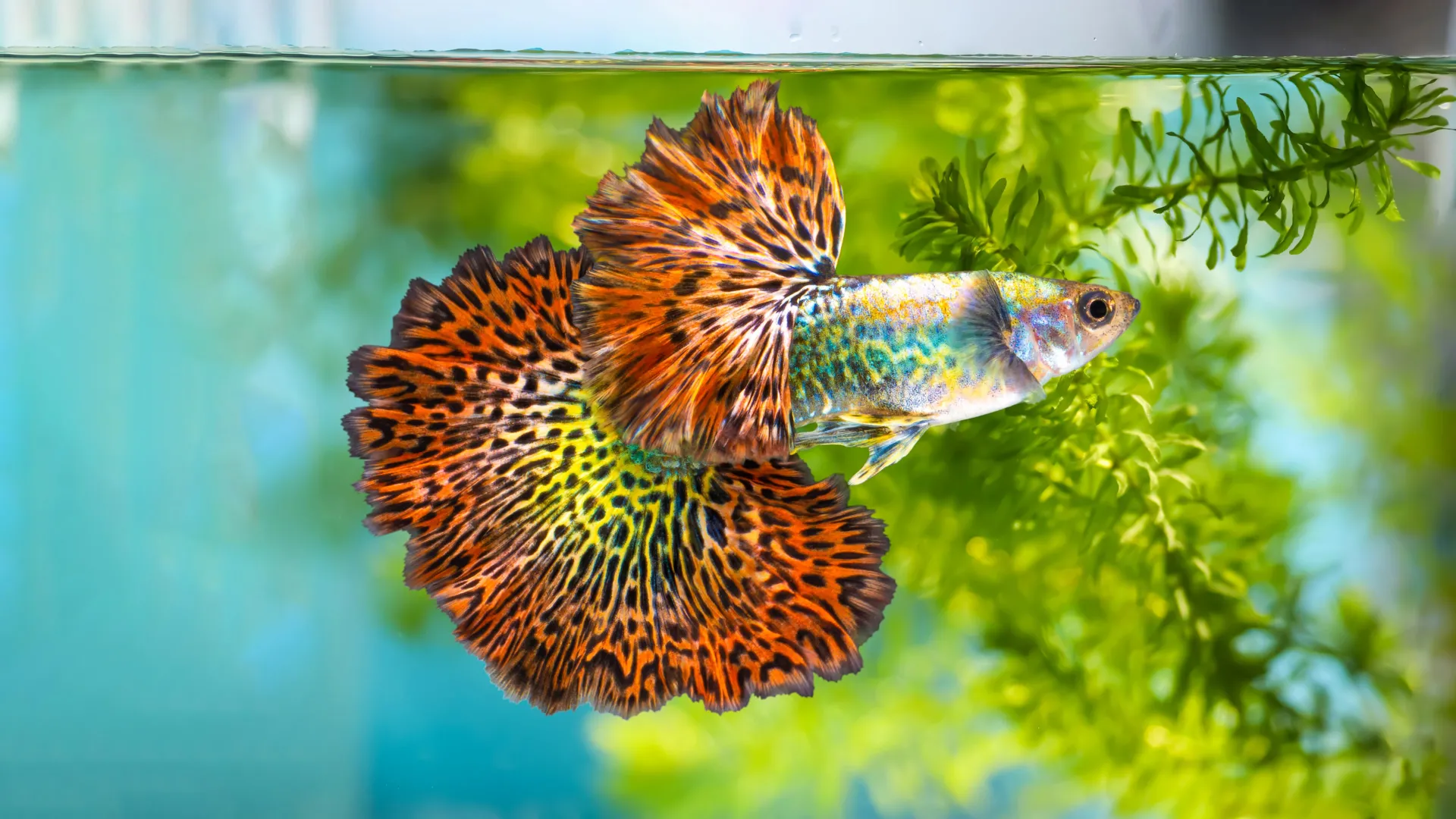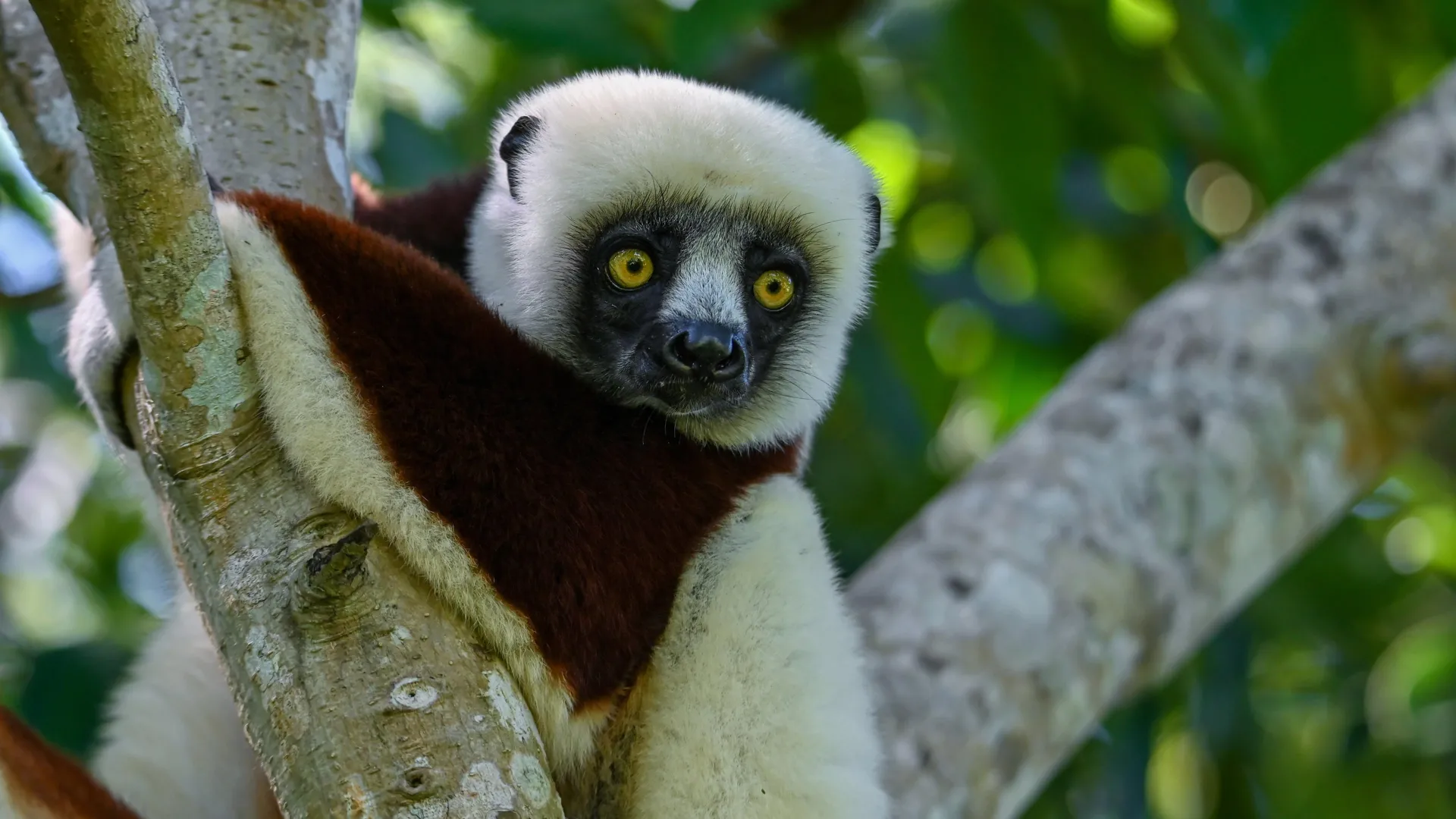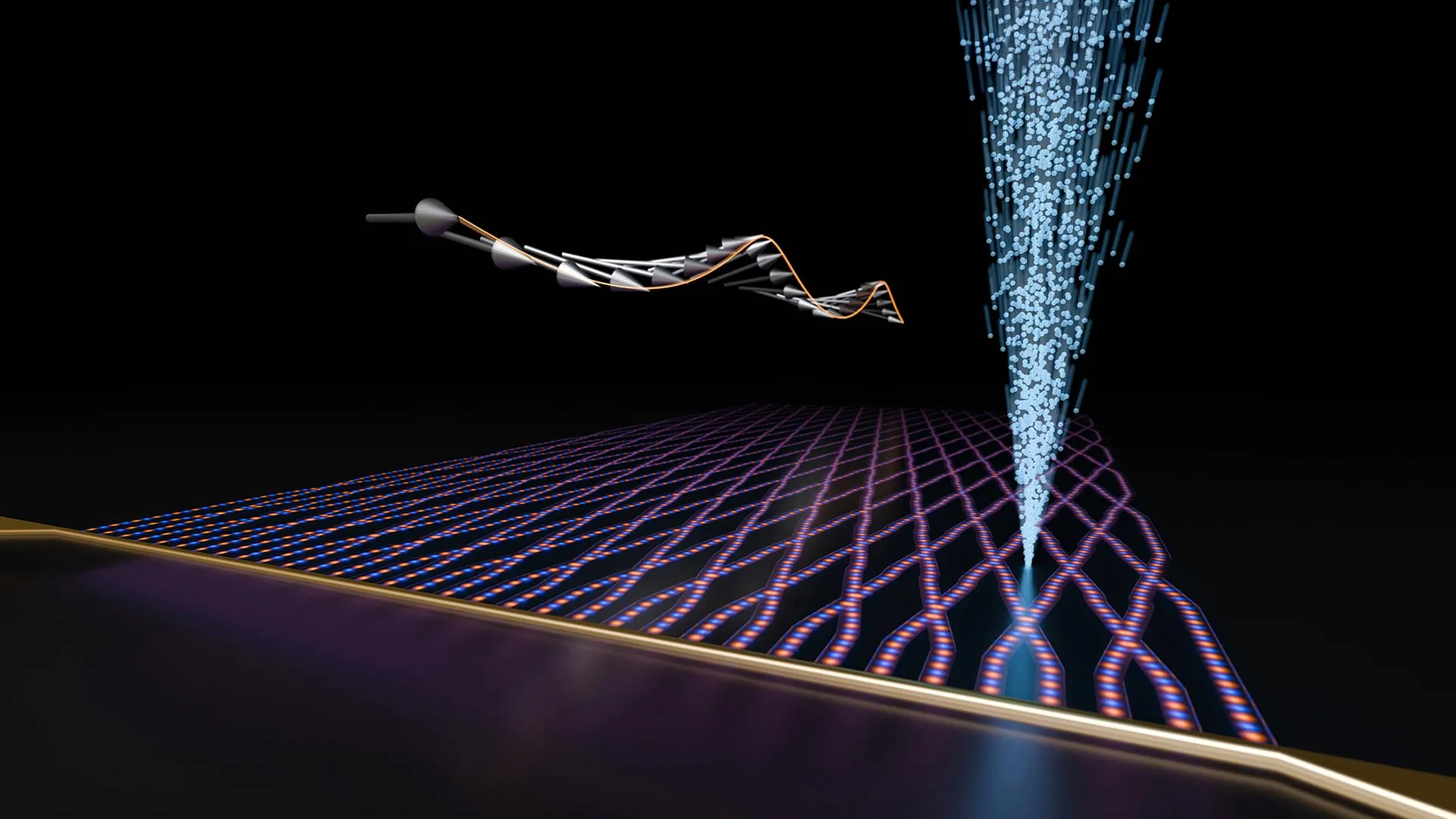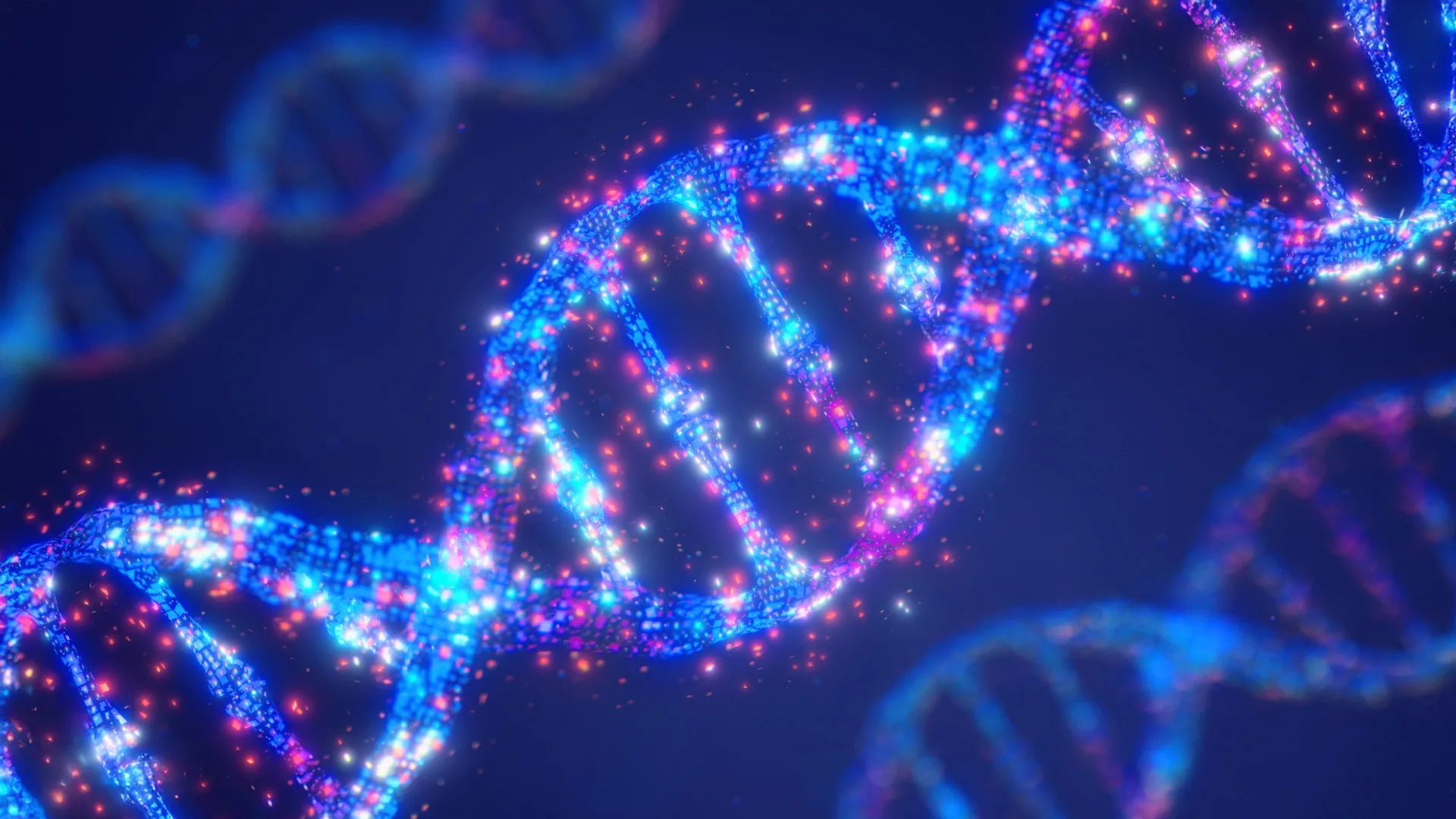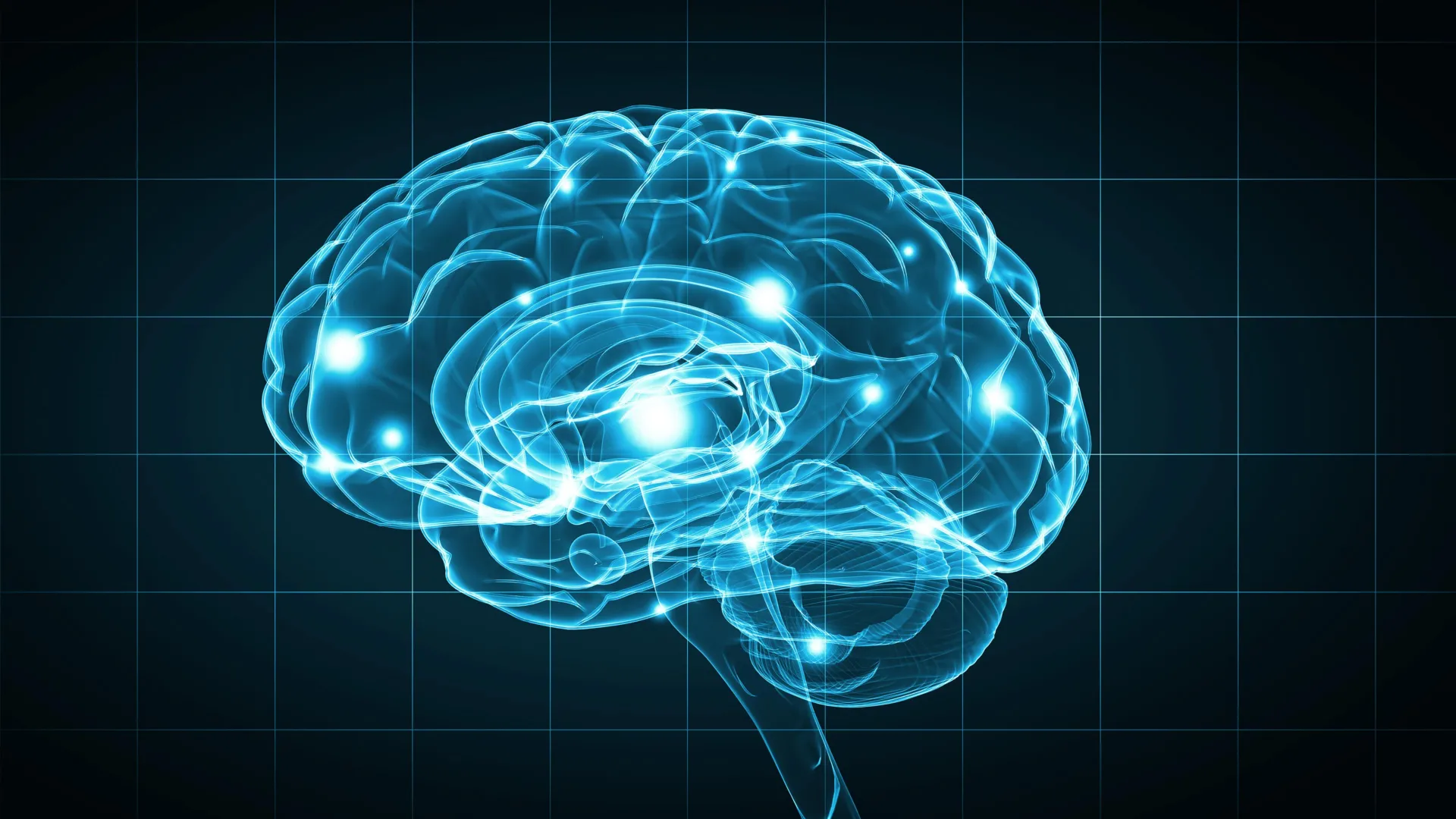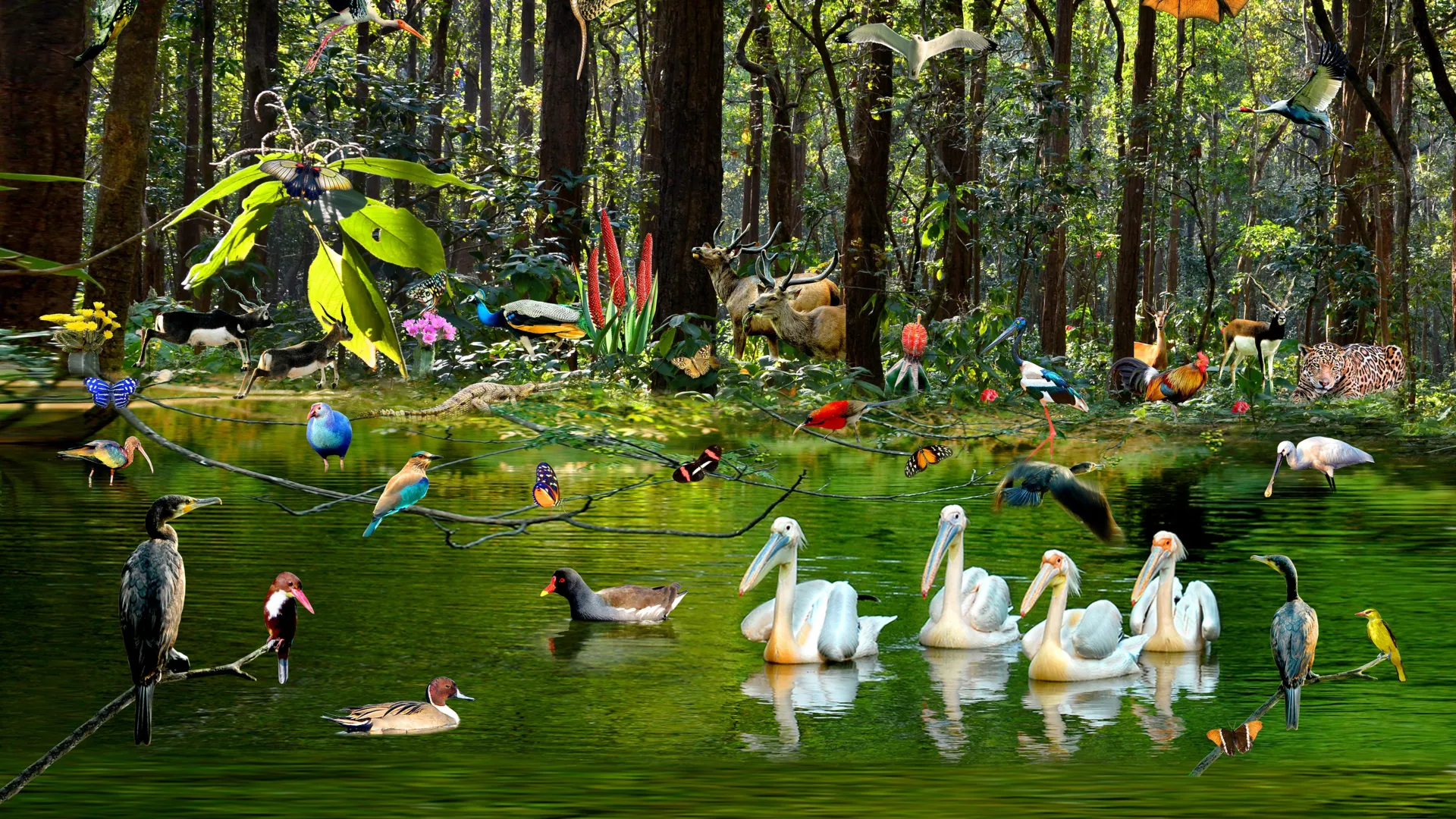In the last year, there has been a surge in proteins developed by AI that will eventually be used in the treatment of everything from snakebites to cancer. What would normally take decades for a scientist to create — a custom-made protein for a particular disease — can now be done in seconds. For the first time, Australian scientists have used Artificial Intelligence (AI) to generate a ready-to-use biological protein, in this case, one that can kill antibiotic resistant bacteria like E. coli. This study, published in Nature Communications, provides…
Read MoreHow a hidden brain circuit fuels fibromyalgia, migraines, and PTSD
Pain isn’t just a physical sensation — it also carries emotional weight. That distress, anguish, and anxiety can turn a fleeting injury into long-term suffering. Researchers at the Salk Institute have now identified a brain circuit that gives physical pain its emotional tone, revealing a new potential target for treating chronic and affective pain conditions such as fibromyalgia, migraine, and post-traumatic stress disorder (PTSD). Published on July 9, 2025, in Proceedings of the National Academy of Sciences, the study identifies a group of neurons in a central brain area called…
Read MoreBrighter, bolder, hotter: Why female guppies can’t resist orange
It turns out color isn’t just fashionable for guppies: According to a new UBC study, the more orange a male, the more virile it is. The research published in Nature Ecology & Evolution shines light on an enduring evolutionary mystery: why male guppies have such vibrant and varied colors and patterns. Virile me up Zoologists Drs. Wouter van der Bijl and Judith Mank used deep learning, genetic studies and bred three generations of increasingly orange guppies to investigate. They found the more colorful males were up to two times more…
Read MoreLemurs age without inflammation—and it could change human health forever
What can lemurs tell us about inflammation and aging, aka "inflammaging" in humans? That’s the question Elaine Guevara, a biological anthropologist who studies the evolution of life history and aging in primates, set out to understand. In newly published research on age-related inflammation in ring-tailed and sifaka lemurs, Guevara discovered that perhaps we should rethink the inevitability of inflammaging in humans. Although similar in many ways, ring-tailed and sifaka lemurs show differences in life pacing and lifespan, making useful comparisons. Because lemurs and humans are primates and share a common…
Read MoreThis magnetic breakthrough could make AI 10x more efficient
The rapid rise in AI applications has placed increasingly heavy demands on our energy infrastructure. All the more reason to find energy-saving solutions for AI hardware. One promising idea is the use of so-called spin waves to process information. A team from the Universities of Münster and Heidelberg (Germany) led by physicist Prof. Rudolf Bratschitsch (Münster) has now developed a new way to produce waveguides in which the spin waves can propagate particularly far. They have thus created the largest spin waveguide network to date. Furthermore, the group succeeded in…
Read MoreThis tiny implant could save diabetics from silent, deadly crashes
For people with Type 1 diabetes, developing hypoglycemia, or low blood sugar, is an ever-present threat. When glucose levels become extremely low, it creates a life-threatening situation for which the standard treatment of care is injecting a hormone called glucagon. As an emergency backup, for cases where patients may not realize that their blood sugar is dropping to dangerous levels, MIT engineers have designed an implantable reservoir that can remain under the skin and be triggered to release glucagon when blood sugar levels get too low. This approach could also…
Read MoreForget 3D printing—DNA and water now build tiny machines that assemble themselves
When the Empire State Building was constructed, its 102 stories rose above midtown one piece at a time, with each individual element combining to become, for 40 years, the world’s tallest building. Uptown at Columbia, Oleg Gang and his chemical engineering lab aren’t building Art Deco architecture; their landmarks are incredibly small devices built from nanoscopic building blocks that arrange themselves. “We can build now the complexly prescribed 3D organizations from self-assembled nanocomponents, a kind of nanoscale version of the Empire State Building,” said Gang, professor of chemical engineering and…
Read MoreYour Brain’s Hidden Defenses Against Alzheimer’s
It’s been recognized for some time that Alzheimer’s disease affects brain regions differently and that tau — a protein known to misbehave — plays an important role in the disease. Normally, tau helps stabilize neurons, but in Alzheimer’s disease, it begins to misfold and tangle inside neurons. It spreads across the brain forming toxic clumps that impair neuronal function and ultimately lead to cell death. Brain areas like the entorhinal cortex and hippocampus succumb early to tau tangles, while other areas, like the primary sensory cortices, remain resilient to the…
Read MoreLasers capture the invisible dance of wind and waves
The international team, led by Dr. Marc Buckley from the Hereon Institute of Coastal Ocean Dynamics, has achieved a breakthrough in high-resolution imaging of the ocean surface. Using a specially developed laser measurement system aboard the research platform FLIP (Floating Instrument Platform) in the Pacific Ocean, they were able to capture high-resolution images of airflow just a few millimeters to one meter above the ocean surface. They identified two wind-wave coupling mechanisms that occur simultaneously but act differently. Short waves, about one meter in length, move slower than the wind.…
Read MoreNo training needed: How humans instinctively read nature’s signals
People’s intuitive perception of biodiversity through visual and audio cues is remarkably accurate and aligns closely with scientific measures of biodiversity. This is according to new research published in the British Ecological Society journal, <em>People and Nature</em>. In a new study led by researchers at the German Centre for Integrative Biodiversity Research (iDiv), the Helmholtz Centre for Environmental Research (UFZ) and the Friedrich Schiller University Jena, participants with no ecological training were asked to sort images and audio recordings of forests based on perceived biodiversity. The researchers found that the…
Read More

